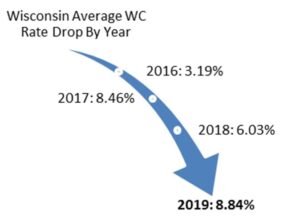What Is Tchoukball? Q&A With Richard Jackson, UK Tchoukball Champion
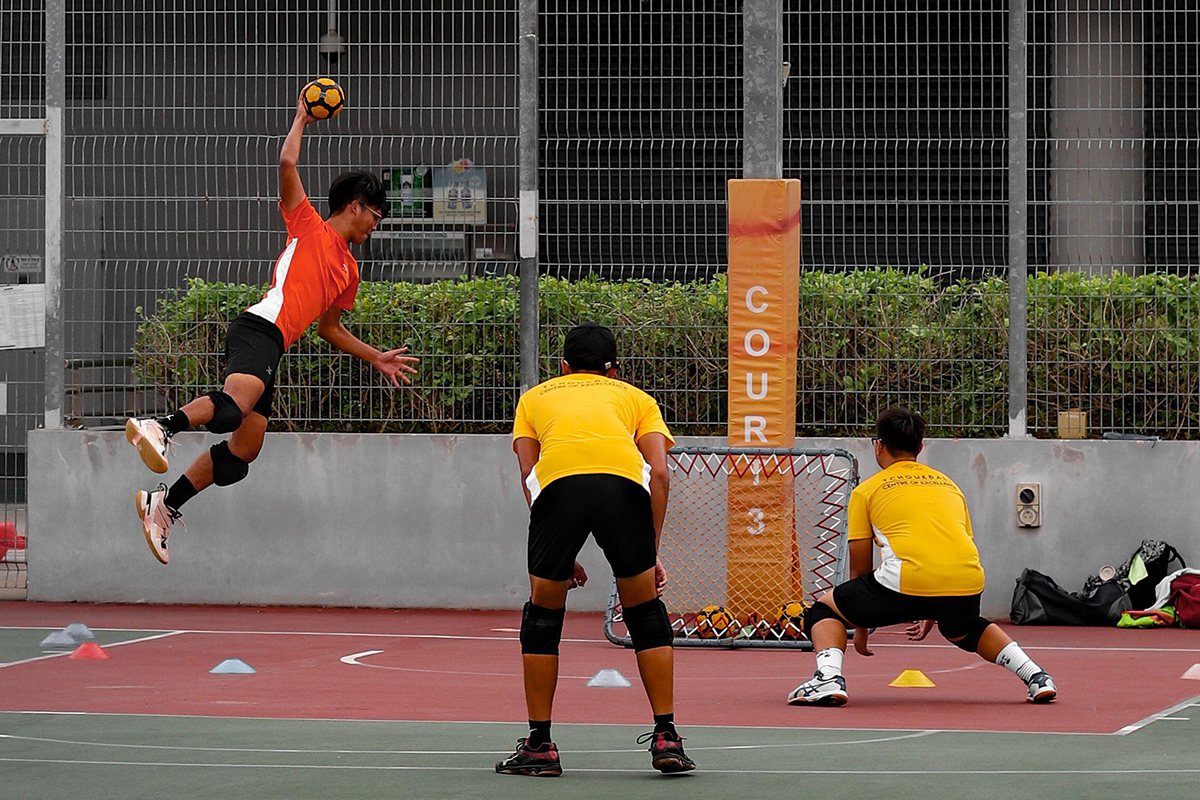
If you’ve never heard of tchoukball, it’s probably
safe to say you’re not alone.
It’s a sport that few have heard of and even fewer
play. So, it may come as a surprise to learn that the UK has a pretty esteemed
history with tchoukball.
In fact, the UK men’s tchoukball team won the European Tchoukball Championships in 2006, defeating host nation Switzerland in the final.
Since then, pushing tchoukball into the mainstream has presented several challenges for those in the know. But it’s not been for want of trying, especially by the sport’s national governing body, Tchoukball UK.
If you’re looking to learn more about tchoukball and
how to play it, you’ve come to the right place.
Not only have we got the full lowdown, but we’ve also spoken exclusively to Richard Jackson, coach of that 2006 UK European Championship winning side.
What is tchoukball?
Tchoukball is a non-contact, indoor team sport in
which two teams of seven players compete for points by rebounding a ball off
the frame (goal, if you like) either:
onto the ground outside the ‘forbidden zone’off any part of a defending player’s body below
the kneeoff a defending player’s body stood inside the
‘forbidden zone
A full game of tchoukball is 45 minutes long, split into three periods of 15 minutes with a short, five-minute break between each.
Tchoukball: the origins

Tchoukball was invented in Switzerland in the 1960s
and was developed in the early 1970s by Swiss biologist Hermann Brandt.
Brandt became concerned by the number of injuries in
sports at the time and began researching ways to create a ‘safer’ sport as part
of an educational study.
In a nutshell, he wanted to create a sport that reduced injuries, promoted diversity and inclusion, and wasn’t aggressive between players—hence the non-contact aspect.
DID YOU KNOW?
The name ‘tchoukball’ comes from the sound of the ball hitting the net!
Tchoukball: rules and how to play

Tchoukball is generally played on a 27x17m indoor
court (although different variations are workable), with a rebound frame placed
at each end.
Two teams of seven players each, consisting of both
men and women, compete against each other to score points. The team with the
most points at the end of the game wins.
There’s a 3-metre radius D-shaped semi-circle drawn in front of each frame. This is to mark the ‘forbidden zone’ we mentioned earlier.
The main aim of the game is to bounce the ball off the
frame and have it rebound outside of the forbidden zone without any form of
intervention from the opposing team. Either team can score at either end of the
court, with points also scored when:
the attacking team shoots and misses, or the ball rebounds outside the playing area (point to the defending team)the defending team catches a shot, they can counter-attack immediately
Each player can take up to three steps at a time but
is not allowed to bounce the ball on the ground between those steps. Players
are not permitted to hold onto the ball for any longer than three seconds at a
time, too.
Possession is awarded to the opposing team when a pass
is dropped or not completed (i.e. the ball touches the ground mid-pass), but
the defending team cannot directly hamper the attacking side—remember, it’s a
complete non-contact sport!
The ball used to play depends on the ‘category’ of players in said game. Balls ranging from 54cm to 60cm in circumference and between 325g and 475g in weight can be used.
Related: How To Play Tchoukball
Tchoukball teams and positions
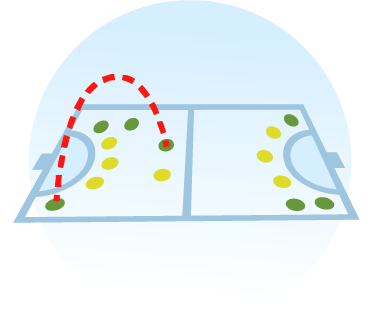
Tchoukball teams can be mixed gender, with each one
consisting of:
2x right shooters2x left shooters2 or 3 defenders1 centre (or none, if 3 defenders are used)
What equipment do I need to play tchoukball?
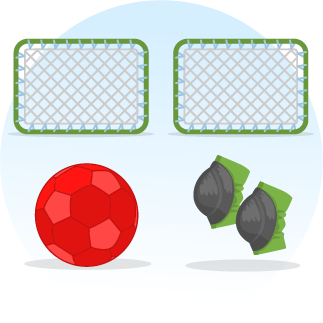
Having the right equipment is essential if you want to
get into tchoukball. But the good news is that it doesn’t necessarily require lots
of fancy and often expensive accessories.
Generally speaking, the main essentials you’ll need are:
1. Tchoukball frames
Tchoukball frames are 1m square in shape and have a
metal frame with a tight, tensioned nylon net. They should be angled at 55˚ on
the court and can last years if looked after properly.
2. Tchoukballs
The balls used in tchoukball are naturally grippy and sweat-resistant
to make catching and control easier. They come in a range of sizes depending on
the age and ability of the players involved.
Size 00 – for ages 6 and underSize 0 – for ages 7-9Size 1 – for ages 10-14Size 2 – for 14+Size 3 – elite competition only
3. Kneepads
Kneepads are usually a requirement for tchoukball, as
you will be defending (and potentially attacking, too) close to the floor.
Being able to bear weight on your knee on the hard court surface is key.
For more information, visit Tchoukball UK’s official equipment supplier, Bishop Sports.
Richard Jackson: Tchoukball UK
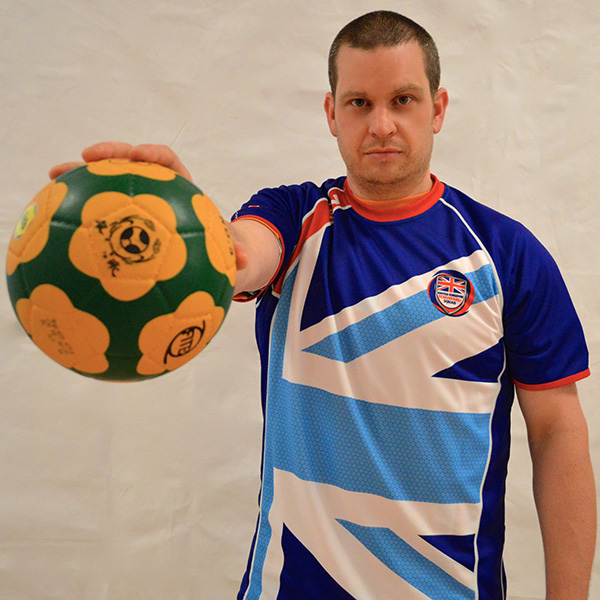
Richard Jackson knows a thing or two about tchoukball. He’s currently Operations Director at Tchoukball UK.
However, in 2006, he coached the UK men’s tchoukball
side to glory at the European Championships.
We sat down with Richard to chat about the sport, his involvement, and what can be done to boost tchoukball’s popularity again here in the UK.
Talk us through your experience in Switzerland in 2006
The competition in 2006 was relatively small compared to today’s standards.
Whereas now we have 8-12 European countries regularly competing, there were
only three competing in 2006.
These were three of the top four countries in Europe at the time: the UK, Switzerland and the Czech Republic. The only other major country—Italy—didn’t attend. Nevertheless, it was still a challenging competition. At the time, the UK would have comfortably won against any other country that had attended (including Italy), so it still remains an achievement to have won it the way we did against the Swiss.
The competition was hosted in Macolin, at a venue also used by Swiss Olympic to train its
national teams—a bit like St
George’s Park for the England football teams. It was a hugely impressive venue
with amazing facilities, and as a player in a small amateur sport, it was both
a humbling and exciting experience being in that kind of environment.
We had two fixtures against Switzerland and the Czech Republic in the group stage, and then there was a final between the UK and Switzerland. We had a very long car journey followed by a flight and then another car to get to Macolin.
The first game had been organised for the end of that same day so
that the media and Swiss Olympic officials could attend, which was
understandable but made it very difficult for us to be at our best.
Still, I knew our team was strong and capable of beating the Swiss.
However, I briefed the players to observe and learn the opposition’s game
instead of playing “flat-out” and
picking up unnecessary injuries in that opening fixture. Though we lost that game
by seven points, we learnt a lot about their style of play—but I did get a fair
bit of push-back from the team about my tactics.
The next day, we were well-rested and prepared for the next game based on what we had learnt in the first Switzerland game. We won the reverse fixture by 13 points and beat the Czech Republic comfortably twice to finish top of the group. Winning on the second day sent a big message to the Swiss team and set us up psychologically for the final.
We played the final on a large show court. It was a tough game, but we led for most of the match. Although we had strong players in the team, for many, it was their first time at such a large and prestigious. By no means was it comfortable, but we won 44-40.
What did it mean to win that tournament?
It was a huge boost for the game in
the UK.
Our women’s team lost to a great Swiss
side in their final in the same year, but their performance as a young side
combined with the men’s victory put us back on the map as a team capable
of beating the very best.
It’s worth mentioning, too, that the Swiss men’s team had become World Champions in 2004, beating Taiwan for the first time ever—so for us, victory was a little like beating Brazil at a football World Cup, in Brazil!
What’s happened within the sport since? Has the industry changed?
After 2006, other European countries
grew much stronger. Although we reached the final again in 2010 and lost (to
Switzerland), the growth of tchoukball internationally and in Europe has meant
we’ve unfortunately not been able to reach those heights again since.
From my perspective, the biggest
difference between the UK and countries like Austria and Germany, for example,
is their training facilities are much cheaper and aren’t privately owned sports
centres. They tend, unlike in the UK, to be owned by the local borough or council, meaning that
high-level sports teams can often train very cheaply or even for free.
Naturally, this means more take-up of tchoukball regardless of who can afford to play and groups of players training two or three times a week. In that environment, it’s easy to see why other countries can overtake us in terms of ability.
Here in the UK, you’re often looking
at prices between £40-60 to hire a court just for an hour. And, of course, we’re
self-financed, so that means charging players £5 per hour each to train plus additional
travel costs.
However, tchoukball has grown hugely at international level in the last 15 years. We’ve gone from 8-10 countries regularly playing to competitions of 16 teams with pre-qualification at a continental level.
Why do you think tchoukball is still so niche?
One of our
biggest challenges is getting tchoukball recognised and part of PE
lessons.
Many schools
have very tight budgets, and although it’s possible to find the money to play,
schools are faced with difficult choices: do they invest £300 in tchoukball
equipment or simply buy some more equipment for established sports?
When I learnt the game in 1990, I was at a school with a teacher who was invested in tchoukball already. Back then, there were 8-10 schools around the country with teachers willing and able to teach tchoukball, run after-school clubs and offer competition against other schools locally or nationally.
Nowadays, with increased financial pressures and pressures on teachers’ time, it is much more challenging.
What can be done to encourage more players into the sport?
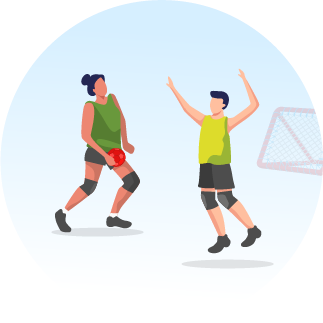
The national governing body, Tchoukball
UK, is working hard to get tchoukball back into schools, and we hope that the
sport will eventually become more mainstream.
We’ve established a good equipment supplier
in the UK and set up a development team to keep on top of the interest we receive
on social media, through our website and various other channels.
Of course, COVID has proved very challenging, too, but we’ve used the downtime to put a lot of thought into how we run our business and make it easier and more attractive to schools to invest time and money in tchoukball.
How important is having tchoukball insurance if you’re a player or coach?
Simply put, we couldn’t function without insurance.
We have Public Liability, Professional Indemnity and Employers
insurance for players and coaches to be protected against any liability arising
from their actions.
Almost all our bookings rely on having proper insurance to enable us to participate. It enables us to plan everything from local training with a certified coach right through to hosting national and international events. Our players, coaches and staff all understand its importance, and it’s built into the culture of our organisation that proper coverage is the cornerstone of what we do and how we operate.
Many thanks to Richard for his insights!
Where can I play tchoukball in the UK?
We’d be lying if we said there was an abundance of
tchoukball venues in the UK. The sad truth is that they’re scarce at present.
However, our map below shows where you can find them.

Although tchoukball is a ‘low-risk’ sport, in theory, its
fast-paced nature means there’s still always the potential risk of accidents
and injuries.
At Insure4Sport, we know the importance of being covered. That’s why we provide cover for tchoukball teams, coaches and players to protect against all eventualities.
Click the button below to learn more about our tchoukball insurance and get an instant online quote today.





